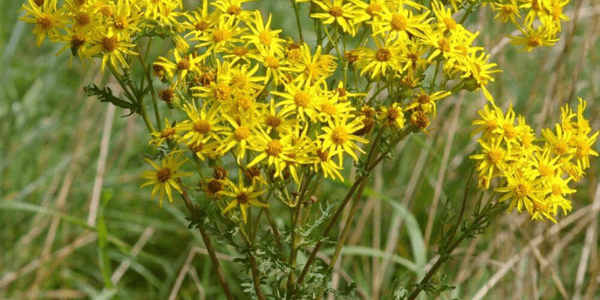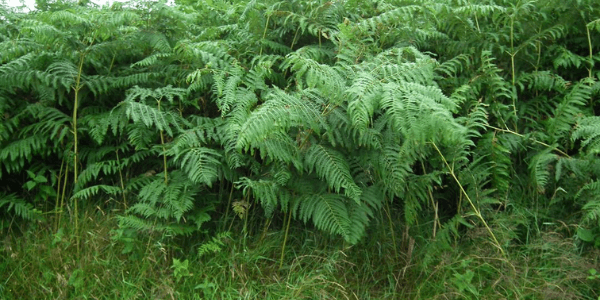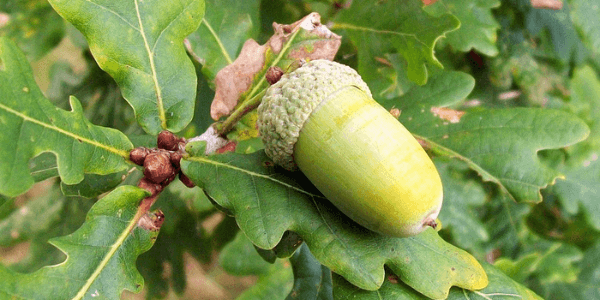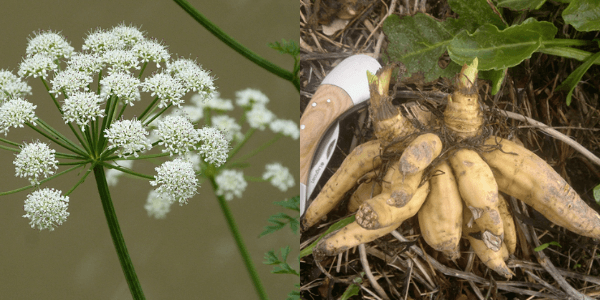During the grazing months it’s important to look out for cases of plant toxicity. Many poisonous plants are bitter and unpalatable while they are growing and will not be eaten by livestock under normal circumstances. However, if grazing is scarce, such as after a period of dry weather, or when pastures are overstocked it can be more likely. Here are a few of the most common wild toxic plants to look out for.
Ragwort

Ragwort poisoning is seen less commonly, as pasture management usually prevents this plant colonising grazing land. Poisoning can occur from ingestion of the live plant or from conserved forages containing Ragwort. Clinical signs of ragwort poisoning include depression, chronic weight loss, diarrhoea, jaundice and accumulation of fluid under the jaw and brisket caused by liver disease. Sheep are much less susceptible to ragwort than cattle. There is no effective treatment once the liver damage has occurred.
Bracken

Bracken poisoning often occurs when alternative forage is in short supply and animals have little else to eat, additionally some animals develop a taste for the young shoots in the spring. Bracken poisoning requires long-term exposure, over weeks to years. The outcome of ingestion is related to the time period and the quantity ingested. Haematuria (blood in the urine) primarily affects cattle (less commonly sheep) and is often accompanied by anaemia. The toxins cause bone marrow suppression and depletion of white blood cells resulting in immunosuppression. Affected cattle may be weak, exhibit rapid weight loss, high temperature (40°C+), pale mucous membranes, spontaneous bleeding or prolonged bleeding from minor wounds, and blood clots in the faeces. Affected sheep may be blind.
Lower doses of bracken fern ingested over several years are more likely to be carcinogenic and may result in bladder tumours. Poisonings are prevented by not allowing access to bracken, particularly in spring when the young more palatable fronds are emerging. Alternatively, ensure animals have adequate nutrition at all times, so they are not forced to eat bracken as an alternative.
Oak (Acorn)

Acorns contain tannins which cause serious, often fatal, kidney damage. Mass ingestion of acorns may occur following stormy weather. Rumen microbes break down the tannins, producing gallic acid, which causes damage to kidney cells. Animals may show abdominal pain and bloat due to ruminal stasis. They are anorexic, depressed and often recumbent. Constipation may be followed by foetid tarry diarrhoea. Death may occur within hours to several days depending on the number of acorns eaten. It is prudent to fence off oak trees on grazing pastures.
Hemlock water-dropwart

Cattle are particularly at risk of hemlock poisoning after ditches have been cleared out, exposing the most toxic part of the plant, the roots (“dead man’s fingers”). Animals show signs of salivation, dilated pupils, difficulty breathing, collapse and spasmodic convulsions. The majority of affected cattle die.
